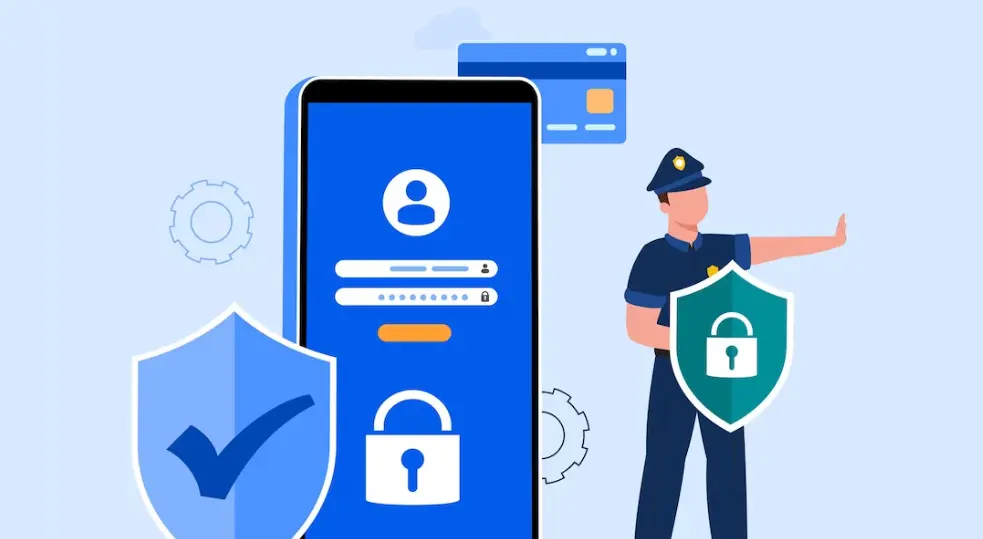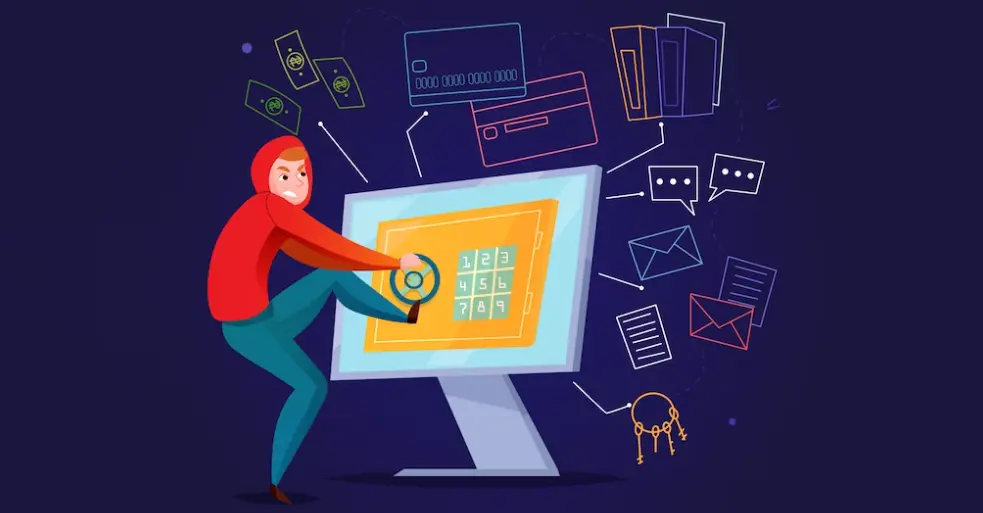Table of Contents:
- Ransomware and Users as Hostages in the Grip of an Attacker
- Why do you usually have to pay ransom in the form of Bitcoins?
- How can you protect yourself against ransomware?
- Significant ransomware attacks from a recent perspective
- Ransomware and Users as Hostages in the Grip of an Attacker
- Conclusion
Last updated December 5th, 2023 23:47
In today’s digitized society, where technology is increasingly important and essential, new possibilities and threats emerge. One of the more dangerous threats is ransomware. You might not have heard of it yet, so in this article, I’ll delve into the topic of ransomware and users as hostages in the grip of attackers. As this threat gains popularity among cybercriminals, it’s important for you to understand how it can harm you and how to effectively defend against it.
Ransomware and Users as Hostages in the Grip of an Attacker

Ransomware is a type of malicious software that targets your digital data. How does ransomware actually work? Imagine this scenario: you’re opening your computer, and suddenly you see a warning message. “Your data is encrypted! To get the decryption key, pay a certain amount in Bitcoins to digital wallet xxxxx.” You’re probably in shock. Your valuable data is now held captive in a hacker’s attack, and you have to pay a ransom to retrieve them.
Such an attack can be catastrophic, especially if you’re part of a company or organization heavily reliant on this data. Ransomware can cripple your operational processes, jeopardize the confidentiality of information, and lead to significant financial losses or reputation damage for your company. Some versions of ransomware even threaten to expose your sensitive data if you don’t pay the ransom.
Why do you usually have to pay ransom in the form of Bitcoins?

The attacker will typically demand you to pay the ransom by transferring a certain amount in Bitcoins to their digital wallet. This has its reasons.
- Anonymity: Bitcoin transactions are relatively anonymous. This means attackers can receive payments and conduct transactions without easy identification, allowing them to hide their identity and make it difficult for investigating authorities.
- Accessibility: Bitcoin is a digital currency existing solely on the internet, with no physical form. This enables attackers to swiftly and securely receive payments from anywhere in the world, regardless of geographical location.
- Low transaction fees: Bitcoin transaction fees are generally low, enabling attackers to efficiently process payments without significantly impacting their overall profit.
- Higher likelihood of payment: Attackers often count on people’s reluctance to lose essential data, making them willing to do almost anything to regain it. Bitcoin provides a means for quick ransom payment.
- Lesser regulation: Cryptocurrencies like Bitcoin are currently not as strictly regulated as traditional FIAT currency. This ease of transaction enables attackers to avoid conventional oversight.
How can you protect yourself against ransomware?

Now that you understand what ransomware entails, let’s delve into protection against this digital threat. This is where data backups come into play. Backup essentially involves creating a duplicate copy of your vital information stored outside your main computer. Why is this crucial?
When you have up-to-date and regular data backups, you need not fear ransomware attacks. If your data falls into the hands of attackers and is encrypted, you won’t need to consider paying a ransom. Simply restore your data from the backup and continue working as if nothing happened.
This, of course, assumes that only the data encryption has occurred and the attacker doesn’t possess the actual data (having only the decryption key to restore it), which would allow them to threaten data exposure.
Regarding backups, it’s vital to have them separate from the machine or network where the originals are stored. The best data backups are those that are completely offline. A hard drive disconnected from the internet cannot be compromised externally. An ideal scenario involves an offline SSD drive solely used for backup purposes, or a computer’s disk disconnected from the network. An independent backup drive is advantageous since it’s not part of a system with an operating system, which could be targeted even offline, for instance, by an infected USB drive.
Significant ransomware attacks from a recent perspective

- WannaCry (2017): This ransomware attack impacted thousands of organizations and institutions across more than 150 countries. WannaCry exploited a vulnerability in the Windows operating system and rapidly propagated. It encrypted data on affected computers and demanded ransom in Bitcoin. Among those affected were hospitals, government agencies, and companies, resulting in serious operational disruptions.
- NotPetya (2017): Originally targeting Ukraine, this attack swiftly spread worldwide. NotPetya affected several major companies, including some international firms. The ransomware encrypted data on compromised computers, yet many experts believe the attackers were aiming to incite chaos rather than demanding ransom.
- Ryuk (2018): Ryuk is another well-known ransomware primarily targeting businesses and organizations. This ransomware typically demands high ransoms and targets entities willing to pay to retrieve their data. Ryuk has been associated with various threats and attacks on healthcare facilities, manufacturing companies, and others.
- Colonial Pipeline (2021): This attack on a critical gas pipeline system in the USA caused significant fuel supply disruptions. Attackers employed ransomware to encrypt data, leading the Colonial Pipeline company to decide to pay a ransom of approximately $4.4 million. This incident underscored the vulnerability of critical infrastructures to ransomware attacks.
Ransomware and Users as Hostages in the Grip of an Attacker
Conclusion
Ransomware attacks have become increasingly popular in recent times. They are also part of highly sophisticated social engineering or are sometimes associated with spear phishing. Spear phishing is a targeted phishing attack aimed at specific individuals or groups. In such attacks, it is crucial to have a regular backup plan for your important data. Attackers often rely on the assumption that you don’t have data backups, and without their decryption key, you won’t be able to access the original content. Additionally, there’s no guarantee that paying the ransom will provide you with the decryption key for data recovery. Furthermore, there’s no assurance that the attacker hasn’t left backdoors in the system to initiate further attacks.
The website is created with care for the included information. I strive to provide high-quality and useful content that helps or inspires others. If you are satisfied with my work and would like to support me, you can do so through simple options.
Byl pro Vás tento článek užitečný?
Klikni na počet hvězd pro hlasování.
Průměrné hodnocení. 0 / 5. Počet hlasování: 0
Zatím nehodnoceno! Buďte první
Je mi líto, že pro Vás nebyl článek užitečný.
Jak mohu vylepšit článek?
Řekněte mi, jak jej mohu zlepšit.

Subscribe to the Newsletter
Stay informed! Join our newsletter subscription and be the first to receive the latest information directly to your email inbox. Follow updates, exclusive events, and inspiring content, all delivered straight to your email.
Are you interested in the WordPress content management system? Then you’ll definitely be interested in its security as well. Below, you’ll find a complete WordPress security guide available for free.

